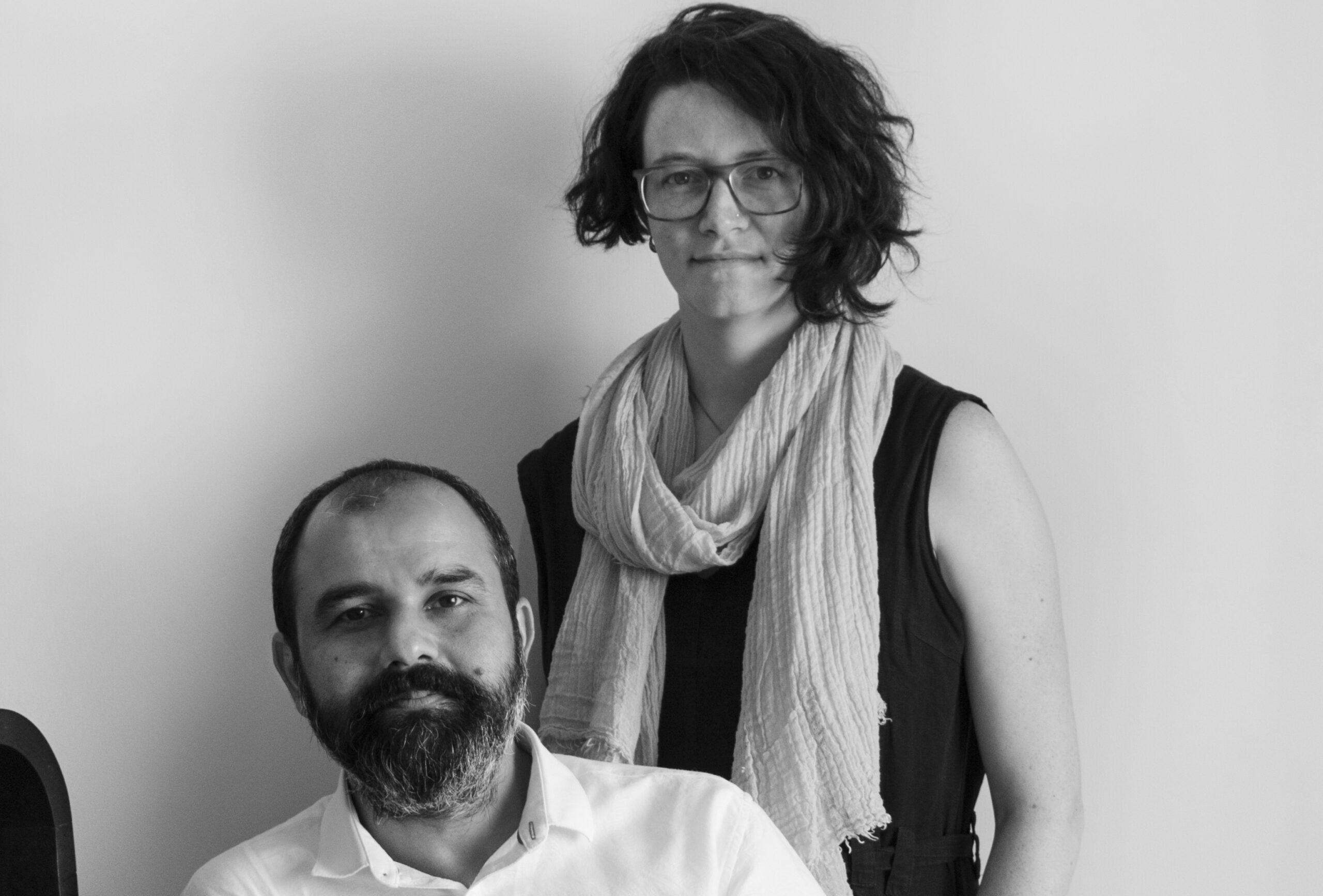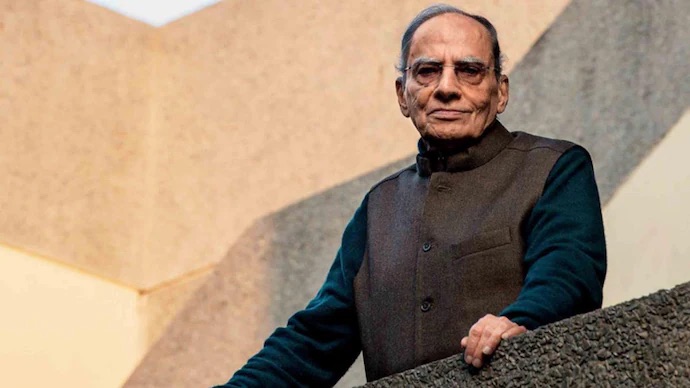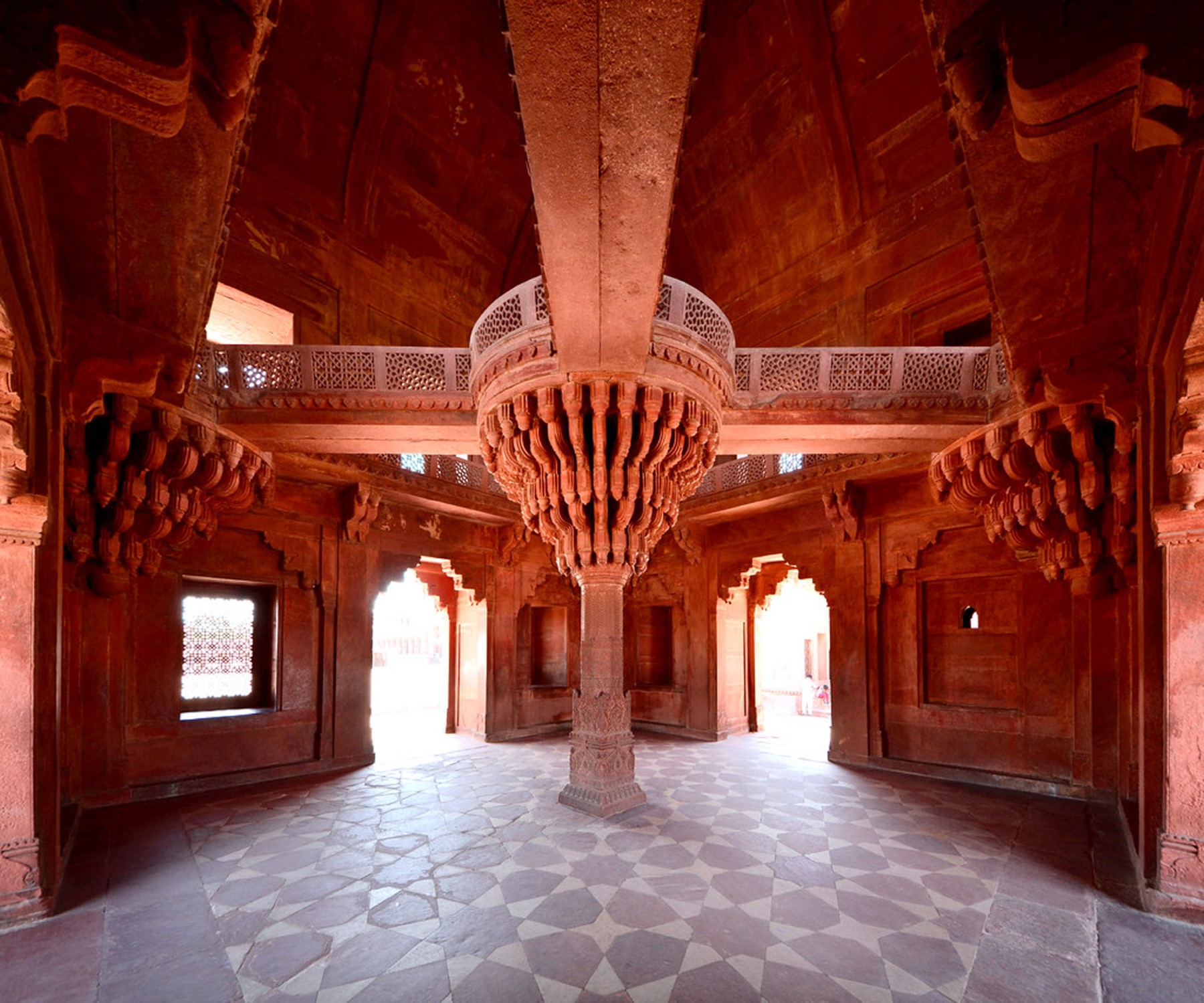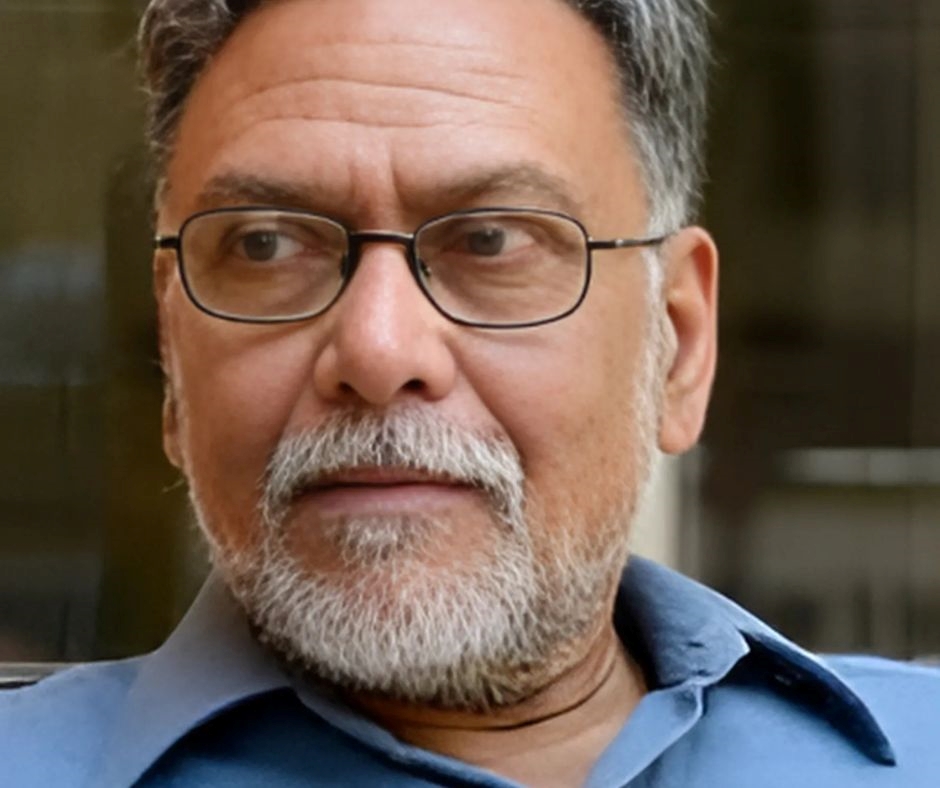About the practice, Banduksmith Studio;
Banduksmith Studio was founded in 2011, who are the two principal architects in the practice. Our team is currently an additional 8 architects along with 1 engineer, 4 interns and 1 support staff.
What are some of the processes and work methods unique to your practice?
We work in response to local conditions, and the approach of the studio is deeply engaged with how to translate the spatial practices around us into the architecture we make. This means that we try to think carefully about how local practices function, and what that means for our process of making. Our work engages processes of making through research on unique construction methods, both institutionalized and inventive, and built projects that explore the boundaries of material and craft in the context of contemporary Indian construction. The practice shifts from furniture and interior, to architecture and the design of public space. We believe that exploring the intricacies of the detail and strategizing the impact of design in urbanism are two modes of working that operate in tandem, and by engaging each project through both these lenses, we can interrogate (and improve!) the relationship between person and city. The office combines a materially sensitive approach to design with respect for the context into which each project is placed. Each celebrates its context through a considered relationship with the physical and social condition of its surroundings.
Tell us about some important projects that your studio was involved in just before the lockdown.
Every project is important! Many of our projects were in the design phase, and hence we were lucky that we could somewhat seamlessly move online to continue work. In particular, we had several urban design projects in Ahmedabad and around Kachchh that were delayed by the lockdown, but these have now resumed.
Which were the biggest challenges and fears you faced because of the lockdown?
For us as a practice, it was the shift to online working. Overnight, we moved to cloud computing and sent everyone home. We had to learn how to communicate without being in the same room, which was a big challenge. For us as partners, it was the shift to simultaneously working and parenting. We had to balance and trade time to care for our child (and still do, since schools are not yet open!).
What were the challenges you faced with the monetary flow in your practice and how are you handling them?
We have been lucky enough to be able to maintain operations relatively without disruption throughout the past year.
How are you strategizing to adapt to the new conditions of work upon resumption of office post the lockdowns?
We will remain in a cloud computing system and we are ready to return to remote operations if necessary. We are better integrated now, and so we also can build flexibility into our system. This is particularly useful because we are a site intensive practice, and we have sites across western India.
Were any new methods of work evolved during the lockdown?
Beyond Zoom and Slack, a few other media were used. Tablets for drawing markups and editing has become standard practice.
How were the coordination issues resolved with the studio staff and on-site team?
This is something that we are always working on. Fortunately, we didn’t have to make too many changes. We have always used chat platforms to share images from our sites and make decisions if we can without visiting. Besides, because most of our projects were in the design phase, we didn’t have too many sites to worry about during the lockdown. Now is the time we will begin to face these challenges!
What were the biggest learnings from the pandemic? And which decisions and new work methods you feel your studio will continue with for the future?
I think that the pandemic reinforced for us the need to maintain flexibility in the practice, and to be prepared for sudden changes. We hope that we can carry this flexibility forward, in the collaborations and the projects that we work on.







